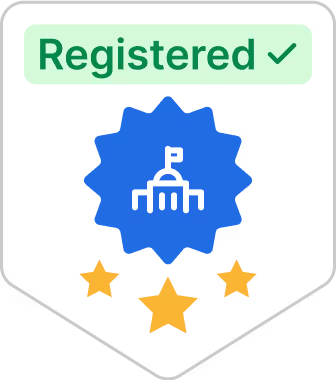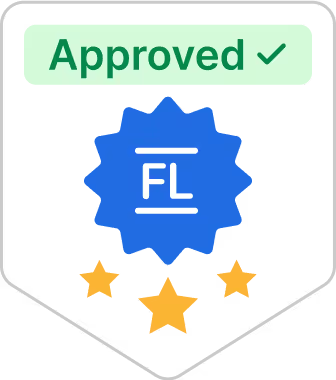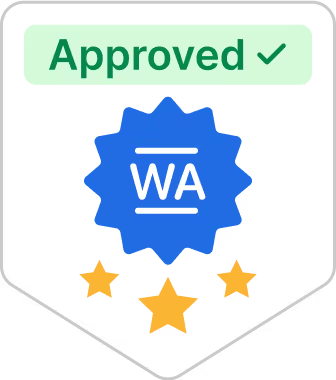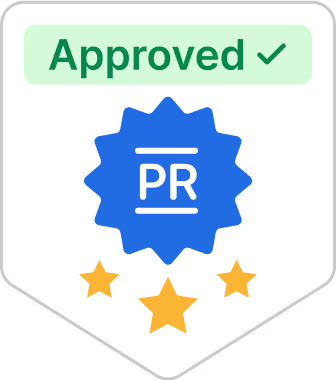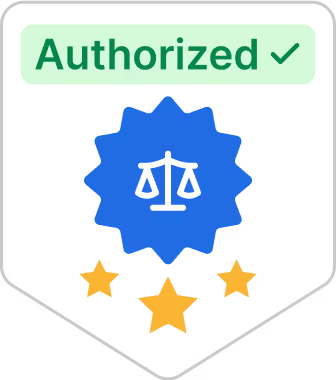What are the benefits of sole proprietorship?

To incorporate or not to incorporate? If you’re on your way to starting a small business, that is the question.
Among the myriad business styles, it may seem like everything falls under “corporation.” But the road to becoming an entity such as an S-Corp or C-Corp is often long and paved with paperwork. But why choose a sole proprietorship vs an LLC?
If you’re a small business owner running a small business, you may experience more control and convenience with a sole proprietorship. It’s the most common form of business in the US for a reason, with millions of people benefitting from such a straightforward business model.
Want to learn more? Read on to discover the benefits of a sole proprietorship.
What is a sole proprietorship?
So, what is a sole proprietorship, and what are the advantages? To understand how one can benefit from being a sole proprietor, we first must define what it is.
Sole proprietorship means that one person owns, operates, and gets the profit from their business. These types of businesses have minimal government interference and are unincorporated.
Whoever owns the business is responsible for all business transactions, but they can hire employees to aid that business (or not). This complete control—creative, financial, marketing, and more—is one of the reasons sole proprietorships are so advantageous.
Tax advantages
Sole proprietorships are hard to beat when it comes to taxation. The IRS considers sole proprietorships “pass-through entities,” meaning you don’t have to file separately from your personal tax return.
Of course, you still have to detail income, profit, losses, business expenses, employee salaries, and any other detail the IRS asks. But essentially, as long as you file a Schedule C and Form 1040 along with your personal income taxes, you’re good to go.
No formalities
With a business structure like a C-Corporation or a limited liability corporation, you’re under much more scrutiny from the government. Some basic requirements for the upkeep of a C-Corp include:
- Articles of Incorporation
- A Board of Directors
- Shareholders
- Officers
- A Resident Agent
- Annual Shareholders Meeting
- Annual Board of Directors Meeting
A sole proprietorship, on the other hand, doesn’t require any of these formalities to keep running. Since you are the only owner, you do all the work, get all the glory, and skip stressful annual meetings.
Easy to start
One of the most appealing components of a sole proprietorship is how simple (and cheap) they are to begin. Unlike a limited liability company, you don’t need to submit articles of organization, pay a pricey filing fee, or find a registered agent.
For the most part, you can just “start” your business—and you’re in business as a sole proprietor. However, there are details you don’t want to miss.
Here’s a 4-step guide on how to start a sole proprietorship, using the state of California as an example. Most states have slightly varying steps on what you need to establish your business.
#1 Establish a business name
If you plan on running your business under your legal name, you don’t need to do anything extra.
If you choose to operate under a trade name, you must ensure the name you choose isn’t too similar to another registered business or trademark. Do some careful research in the following government databases:
- California Secretary of State
- U.S. Patent & Trademark Office
- The County Recorder’s Office
Once you’ve chosen a name, file a Fictitious Business Name Statement in your area’s county recorder office. This costs a mere $26 and should be followed up with a published statement of the business’ opening in a well-known newspaper in the county.
#2 Have all proper permits
Just because your business isn’t incorporated, doesn’t mean you shouldn’t make sure you’re following local law. Double check that you have all the proper licenses, permits, zoning, and general clearance for your business type.
Selling merchandise? You’ll need a seller’s permit.
Into architecture? Get zoning clearance for all projects.
#3 Establish an EIN
If you pay employees more than $100 per quarter, you’ll need an Employer Identification Number. If you don’t get an EIN number, those you hire (and the IRS) won’t be able to identify you when it comes to tax season. Learn more about how to apply for EIN today.
#4 Tie up Loose ends
Though you and your business are inseparable in the eyes of the IRS, it’s a good idea to open a business bank account to keep personal finances tidy, especially if you use a trade name.
You also may want to procure some kind of liability insurance; otherwise, a sole proprietorship doesn’t offer much protection against lawsuits.
As you can see, the most you’ll pay to start your sole proprietorship is around $26 for filing a name. If you’re unincorporated, following all the proper business practices in your state, and are the exclusive owner of the business, you’re already acting as a sole proprietor. Since a sole proprietorship is not a separate legal entity or business entity, the sole owner has unlimited liability meaning the owner’s personal assets are not protected. Every business debt and loss is also the small business owner’s debt.
Easy to dissolve
Looking to grow your business into something more? Do you have potential co-owners knocking down your door for a piece of the action? Or are you just looking for a little more liability protection as you broaden your horizons? Or do you need to convert to a corporation for tax purposes?
Luckily, sole proprietorships are extremely flexible. You can easily apply to incorporate your business into an LLC, LLP, S-Corp, C-Corp, or any other structure that suits your new business flow.
And if you’re looking to change or end your business altogether, they are easy to dismantle as they are to begin. Dissolution looks a lot like establishment in reverse:
#1 Notify the IRS
Let the IRS and any other tax authorities you’re in contact with that you are no longer running your business. Keep any important forms for the next tax year.
#2 Cancel registrations
Cancel bank accounts, business licenses, business names, and any other places you registered your small business.
#3 Pay and collect debts
If anyone owes the business, make your final collections; likewise, be sure you pay any debt you have accrued, especially because sole proprietorships don’t offer liability protection.
Apply online
Don’t wait to start your dream business because you’re worried about missing important details on your way to success. Apply online to start your sole proprietorship today.
Sources:
- Investopedia. Sole Proprietorship. https://www.investopedia.com/terms/s/soleproprietorship.asp
- Entrepreneur. Sole Proprietorship. https://www.entrepreneur.com/encyclopedia/sole-proprietorship
- Nolo. How Sole Proprietors Are Taxed. https://www.nolo.com/legal-encyclopedia/how-sole-proprietors-are-taxed-30292.html
- Small Business. C Corporation Requirements. https://smallbusiness.chron.com/c-corporation-requirements-3978.html
- Nolo. How to Establish a Sole Proprietorship in California. https://www.nolo.com/legal-encyclopedia/how-establish-sole-proprietorship-california.html
- Small Business. Dissolution of Sole Proprietorship. https://smallbusiness.chron.com/close-sole-proprietorship-indiana-18989.html












